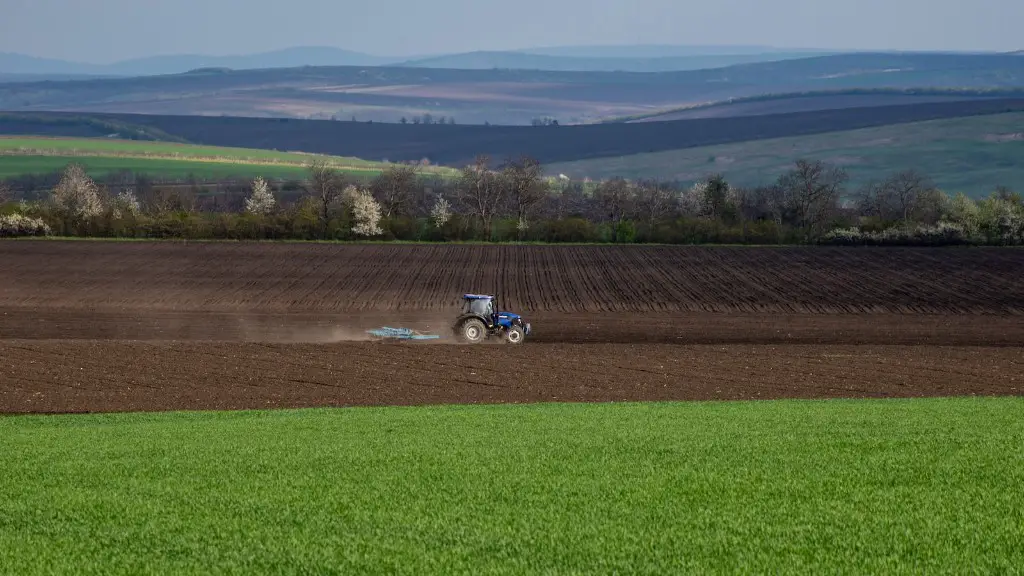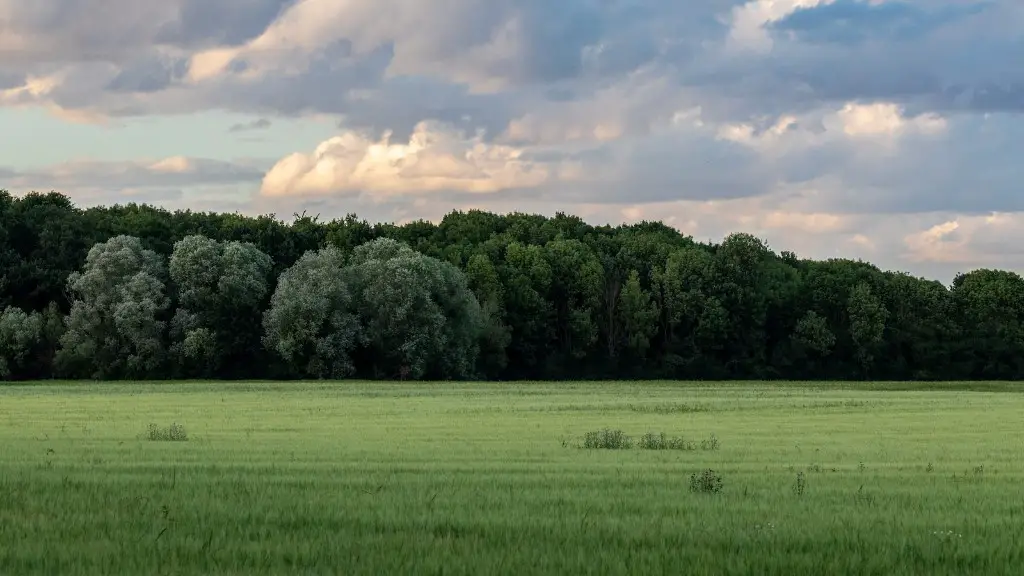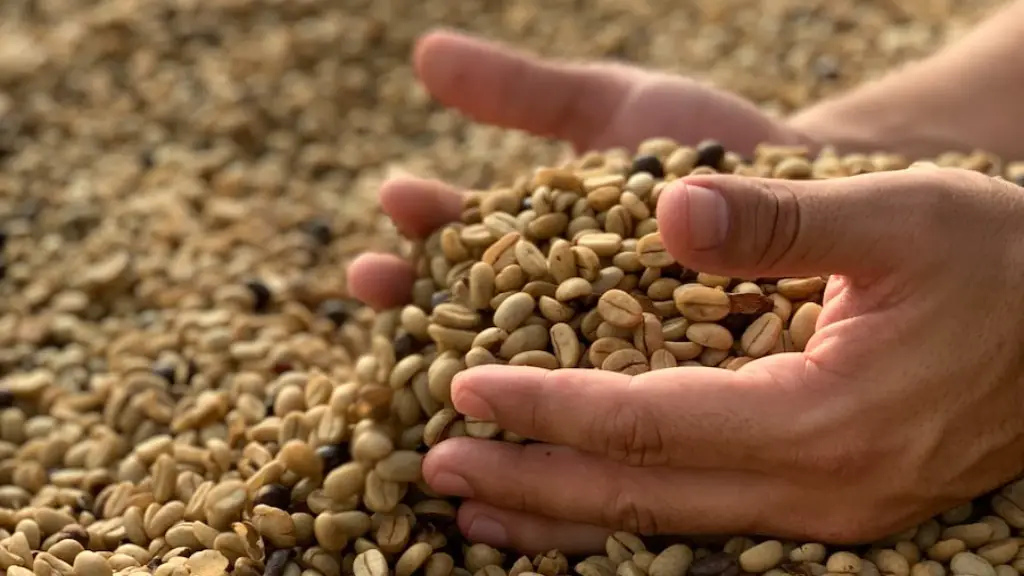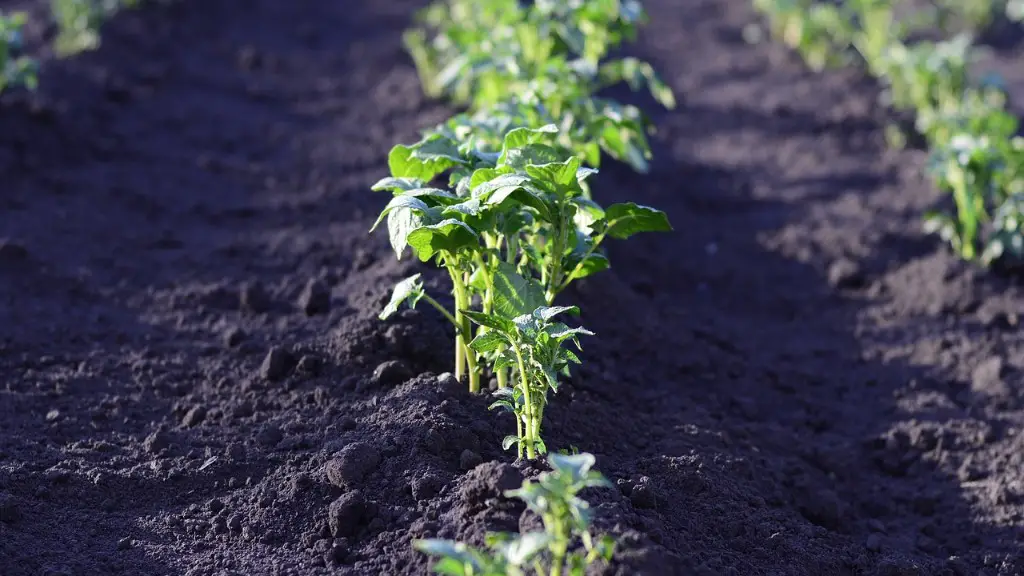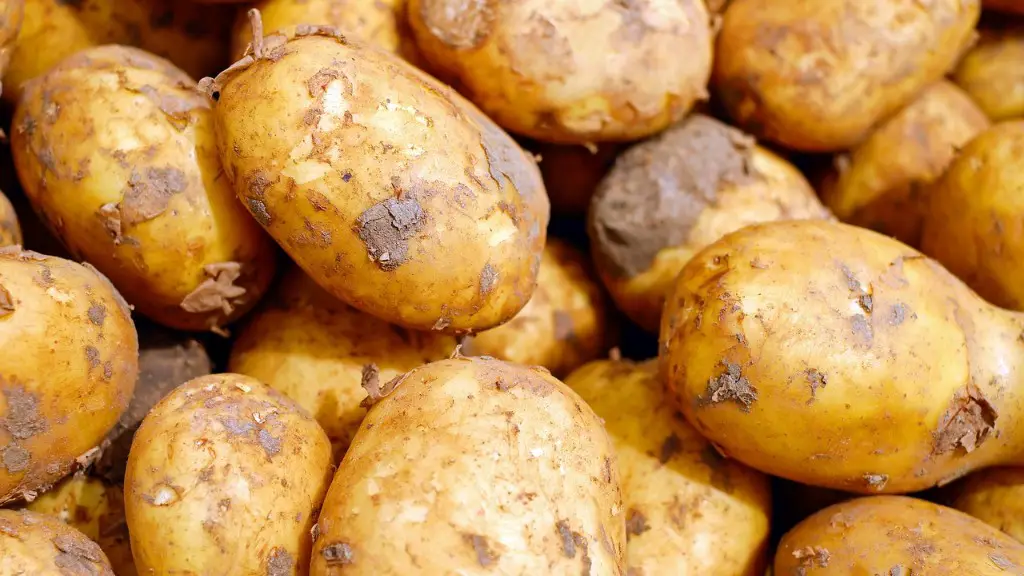Agriculture is a significant contributor to air pollution. Agricultural activities generate a range of air pollutants including particulate matter, ammonia, methane, carbon dioxide, and other greenhouse gases. These emissions can have a range of impacts on human health, ecosystems, and climate.
There are a few ways that agriculture can pollute the air. The burning of agricultural waste, such as crop residues, can release harmful pollutants into the air. The use of pesticides and other chemicals can also release harmful pollutants into the air. livestock production can also contribute to air pollution, through the release of methane and other greenhouse gases.
How much does agriculture contribute to air pollution?
Livestock production is a significant source of agricultural emissions, accounting for 36 percent of total emissions from the sector. There are a number of ways to reduce emissions from livestock, including improving efficiency in feed production and management, reducing methane emissions from enteric fermentation, and increasing the use of cover crops and other soil management practices.
Agricultural air pollution is a growing problem in many parts of the world. Ammonia is a major contributor to this pollution, coming from heavily fertilized fields and livestock waste. Ammonia can cause a range of health problems, including respiratory problems and damage to the liver and kidneys. It can also lead to eutrophication of waterways. Agricultural air pollution is a complex problem, and finding a solution will require a concerted effort from farmers, policy makers, and the general public.
What are the 3 biggest contributors to air pollution
Air pollution is a major problem in today’s world. Vehicle emissions, fuel oils and natural gas to heat homes, by-products of manufacturing and power generation, particularly coal-fueled power plants, and fumes from chemical production are the primary sources of human-made air pollution.
Air pollution has a number of negative effects on human health, the environment and the economy. It is estimated that air pollution causes premature death in around 7 million people each year, largely due to heart disease, stroke and lung cancer.
Air pollution also damages crops, forests and water resources, and contributes to climate change. The costs of air pollution are estimated to be around 3% of global GDP, or around $2.6 trillion per year.
Reducing air pollution requires a concerted effort from individuals, businesses and governments. Switching to cleaner fuels, improving industrial processes, and reducing vehicle emissions are all important measures that need to be taken.
It is possible for agriculture to be the world’s biggest polluter because of the way that farms are managed. In many cases, farms use large amounts of water to irrigate their crops. This water can become contaminated with pesticides and herbicides, which can then pollute waterways. In addition, livestock production generates large amounts of manure, which can also contaminate water supplies.
What are 3 ways agriculture can contribute to pollution?
Agriculture is the leading source of pollution in many countries. Pesticides, fertilizers and other toxic farm chemicals can poison fresh water, marine ecosystems, air and soil. They also can remain in the environment for generations.
We need to take action to reduce the amount of pollution that agriculture creates. We can do this by using less harmful chemicals, by better managing our waste, and by using more sustainable farming practices.
While agriculture can have negative impacts on the environment, it can also have positive impacts. Agriculture can trap greenhouse gases within crops and soils, or mitigate flood risks through the adoption of certain farming practices. These positive impacts can help offset the negative impacts of agriculture, and make it a more sustainable industry.
How does agriculture affect environmental pollution?
Polluted water from agriculture affects water quality in many ways. It can be found in lakes, rivers, wetlands, estuaries, and groundwater. Types of pollutants include sediments, nutrients, pathogens, pesticides, metals, and salts. Animal agriculture has a significant impact on pollutants that enter the environment.
Air pollution is caused by a variety of things, including Sulphur dioxide, nitrogen oxides, particular matter (PM10, PM25 and PM1), ozone and volatile organic compounds. TOMPS, or Toxic Organic Micro-Pollutants, are also a major cause of air pollution. These include benzene, 1,3-butadiene and carbon monoxide.
What pollutes the air the most
Burning fossil fuels is one of the leading causes of air pollution. Emissions from power plants and industrial sources, as well as vehicles, contribute to the release of harmful pollutants into the air. These pollutants can cause a variety of adverse health effects, including respiratory problems and cancer. Additionally, burning fossil fuels releases greenhouse gases into the atmosphere, which contributes to climate change.
It is no secret that the industrial and transportation sectors are the largest contributors to greenhouse gas emissions. However, there are a number of other industries that also contribute significantly to pollution. Agriculture, food retail, and fashion are all major polluters, emitting large amounts of greenhouse gases each year.
While it is important to reduce emissions from all sectors, the largest polluters must take responsibility for the lion’s share of emissions reductions. Energy, transportation, and manufacturing & construction must take urgent action to reduce their emissions in order to protect our planet from the worst impacts of climate change.
Is agriculture worst for climate change?
Factory farming is one of the key contributors to climate change, as it emits large volumes of greenhouse gases like carbon dioxide and methane. These gases trap heat in the atmosphere and cause the Earth’s temperature to rise, resulting in damaging weather patterns and a decline in biodiversity. Factory farming must be stopped in order to protect our planet and its many species.
On the other hand, climate change is making it increasingly difficult for farmers to grow crops and rear livestock. Extreme weather events, such as floods and droughts, are becoming more frequent and more intense, damaging crops and infrastructure, and putting lives at risk. Climate change is also making it difficult for farmers to predict when to plant and harvest their crops, as weather patterns become more unpredictable.
Does agriculture worsen climate change
Methane and nitrous oxide emissions from agriculture are a significant contributor to global warming. These gases have a much higher global warming potential than carbon dioxide and thus it is important to take steps to reduce these emissions. One way to do this is by reducing the number of ruminant animals and by practicing more efficient methods of paddy rice cultivation. Another way to reduce these emissions is by reducing the amount of animal manure and fertilizers used in agriculture.
The USGS Agricultural Contaminants Program monitors harmful contaminants in our Nation’s food and water supplies. Agricultural contaminants commonly studied by the USGS include:
-Nutrients, such as nitrogen and phosphorus
-Pesticides, including herbicides, insecticides, and fungicides
The program works to understand the sources and transport of these contaminants, as well as their potential health effects. By providing this critical information, the USGS can help to ensure the safety of our food and water supplies.
What are agricultural pollutants examples?
Agricultural pollution is a major environmental issue. It comprises liquid and solid wastes from all types of farming activities, including run-off from pesticide and fertilizer use, and from feedlots; erosion and dust from ploughing; animal manure and carcasses; and crop residues and debris. These can all lead to pollution of water resources, soil and air.
In the United States, farms are responsible for more than 90 percent of airborne ammonia pollution, mostly from fertilizers and livestock manure. This pollution is a major contributor to the formation of fine particulate matter (PM), which can cause a range of health problems, including respiratory and cardiovascular disease. Reducing this pollution will require a concerted effort from the farming community, as well as stricter regulation of fertilizer and manure management.
What are five environmental effects of agriculture
Agriculture has a significant impact on the environment. Five of the most significant environmental effects are soil fertility loss, eutrophication of water bodies, deforestation, climate change, and pesticide pollution.
Soil fertility is essential for agricultural production, but is often lost through poor management practices. Eutrophication, the enrichment of water bodies with nutrients, can lead to the degradation of water quality and the loss of aquatic habitats. Deforestation is a major source of greenhouse gas emissions, and also results in the loss of valuable biodiversity. Climate change is a major threat to agriculture, as it can lead to increases in temperature and changes in precipitation patterns. Pesticide pollution can be a serious problem, both for the environment and for human health.
Improvements in agriculture can help to mitigate these environmental effects. Sustainable management practices can help to improve soil fertility and reduce the need for chemical fertilizers. reducing deforestation, enhancing water management, and promoting more efficient use of pesticides can all help to reduce agriculture’s impact on the environment.
Air pollution is quickly becoming a major global issue. It has been linked to a wide range of health problems, including respiratory infections, heart disease, and cancer. There are a number of different sources of air pollution, and each one has its own set of health effects.
The burning of fossil fuels is one of the leading causes of air pollution. emissions from factories and power plants can contain a number of harmful pollutants, including sulfur dioxide, nitrogen oxides, and particulate matter. These pollutants can cause a range of health problems, including respiratory infections, heart disease, and cancer.
Wildfires are another major source of air pollution. Smoke from wildfires can contain a number of harmful pollutants, including particulate matter, carbon monoxide, and ozone. These pollutants can cause a number of health problems, including respiratory infections, eye irritation, and heart disease.
The transport sector is also a major source of air pollution. emissions from cars, trucks, and buses can contain a number of harmful pollutants, including particulate matter, nitrogen oxides, and carbon monoxide. These pollutants can cause a number of health problems, including respiratory infections, heart disease, and cancer.
Open burning of garbage is another common source of air pollution. Burning of
Conclusion
Agricultural production emits a variety of air pollutants, including ammonia, particulate matter, and greenhouse gases. Ammonia emissions can cause respiratory problems and contribute to the formation of ground-level ozone, which can worsen respiratory illnesses. Particulate matter from agricultural production can also cause respiratory problems and exacerbates asthma. Greenhouse gas emissions from agriculture contribute to climate change, which can lead to more extreme weather conditions that can damage crops and livestock.
The impact of agriculture on air pollution is significant. Agricultural production accounts for a range of emissions, including ammonia, methane and carbon dioxide, which can pollute the air. Ammonia and methane are particularly harmful as they can contribute to the formation of ozone, a gas that can cause respiratory problems. In addition, agricultural production can generate dust, which can also pollute the air.

